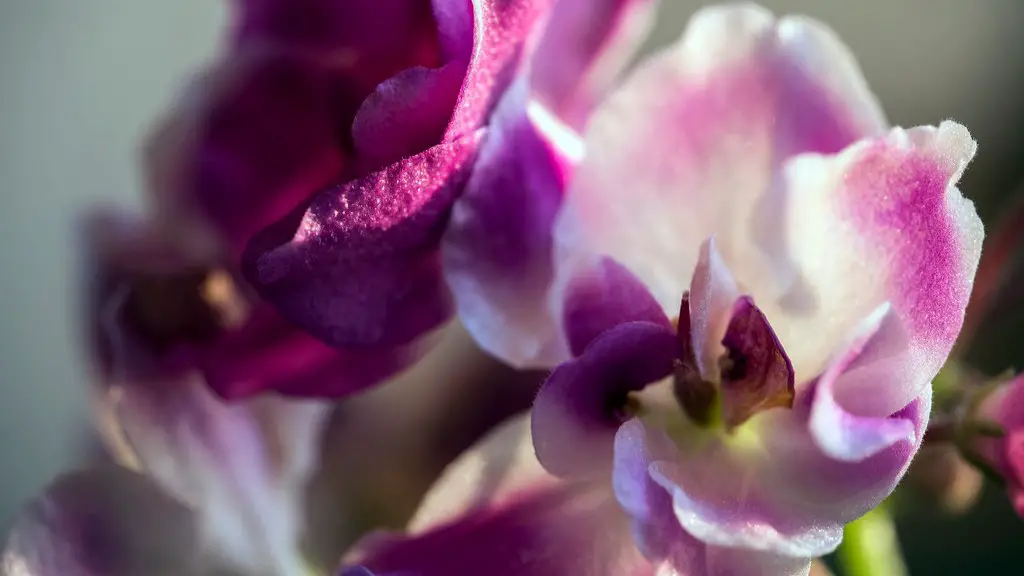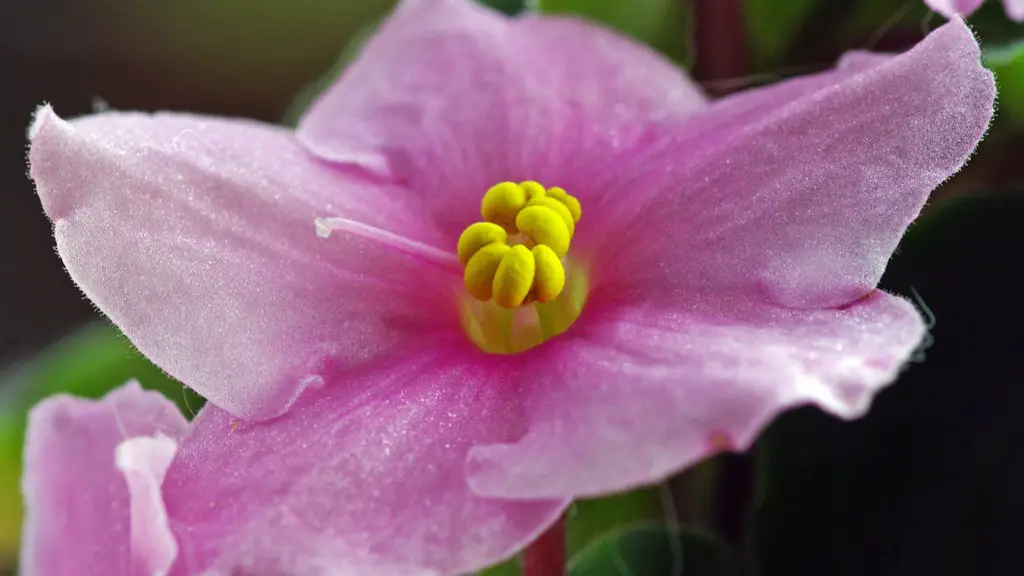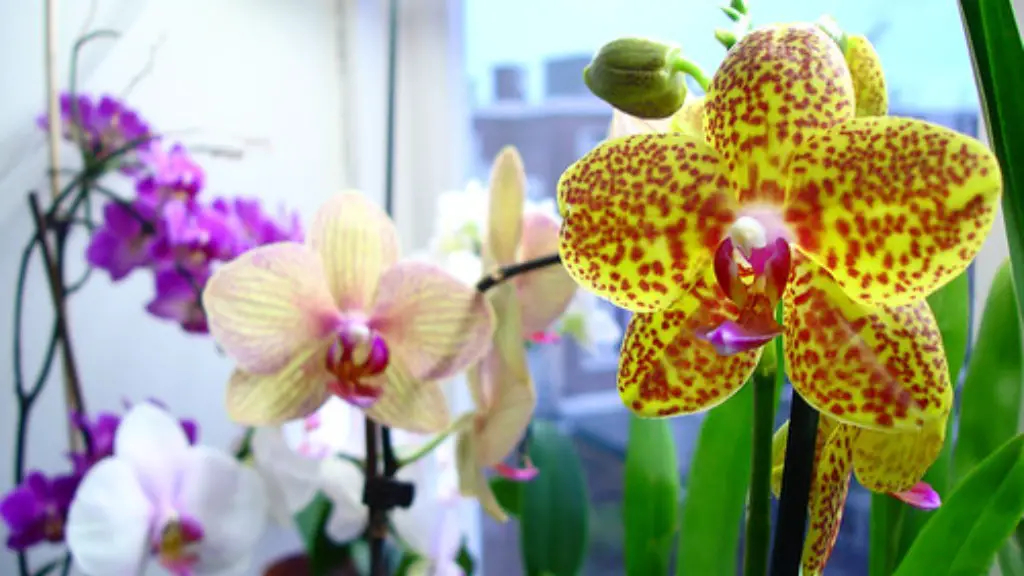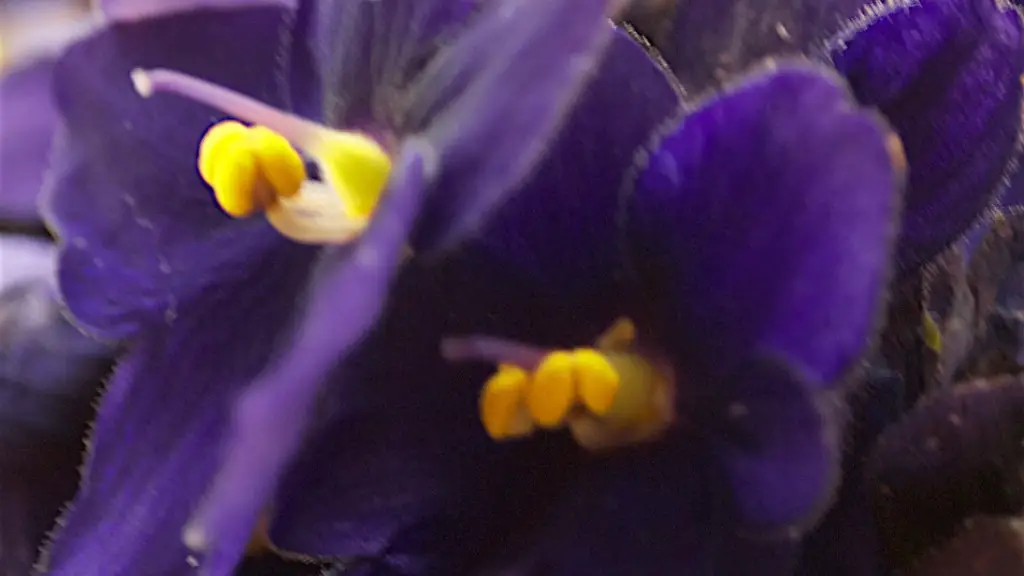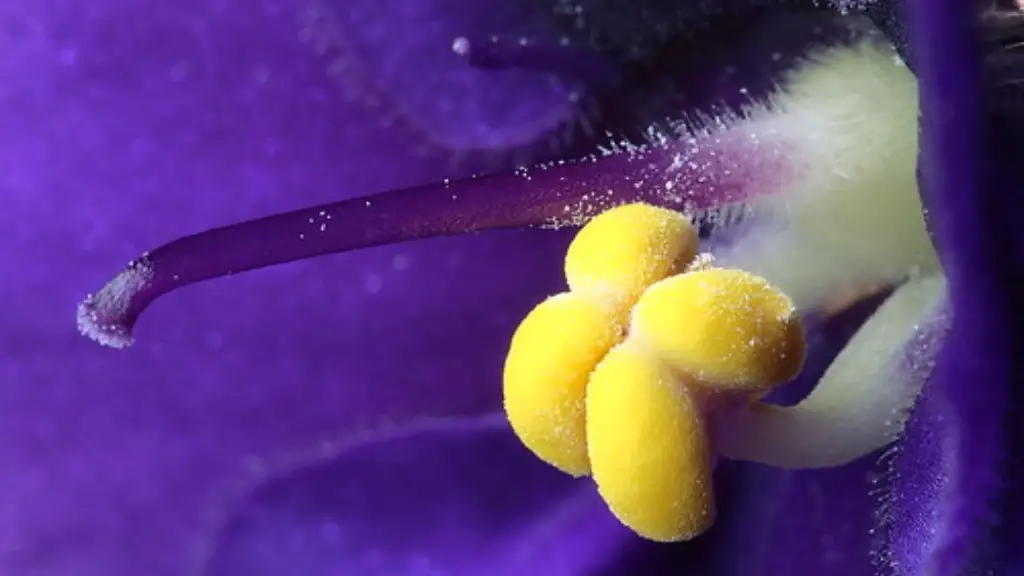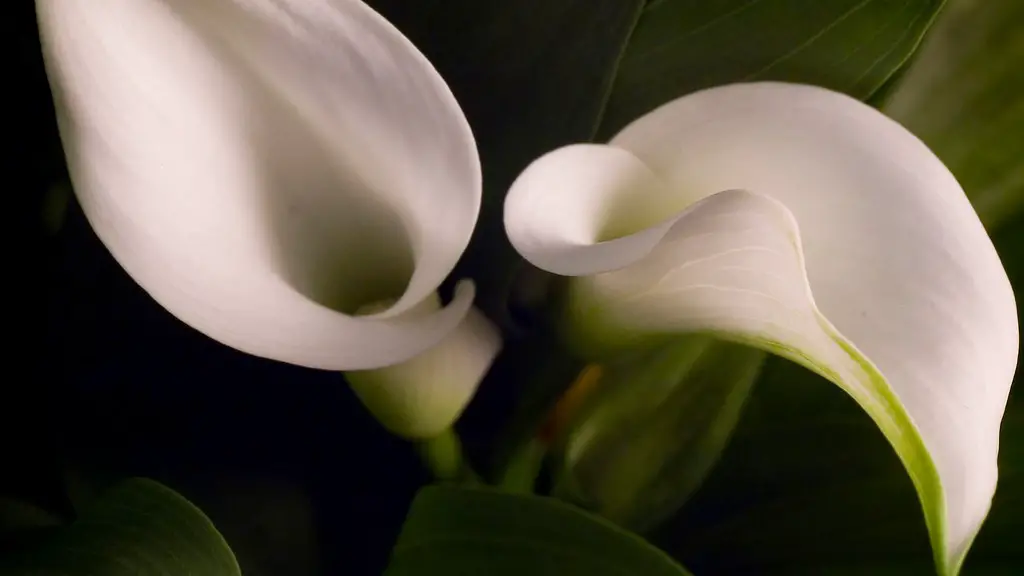African violets are a type of houseplant that is known for its beautiful flowers. However, when the leaves of an African violet turn yellow, it can be a sign that the plant is not healthy. There are a few different reasons why the leaves of an African violet might turn yellow, and it is important to investigate the cause so that you can take steps to improve the health of your plant.
The leaves of an African violet can turn yellow for a number of reasons. It could be a sign that the plant is not getting enough light, or that the soil is too wet or too dry. Yellow leaves can also be a sign of a nutrient deficiency, such as lack of nitrogen or magnesium.
How do you get rid of yellow leaves on African violets?
If you notice that your African violet’s leaves are starting to yellow and drop off, it’s important to check the plant for a white, crusty substance on the soil surface or on the plant container. This substance is most likely salt, which can build up and damage the plant if not removed. To remove the salt, simply warm up some water and use it to flush the soil. Once the salt is gone, your African violet should start to recover.
Yellow leaves on an African Violet plant are an indication that the plant is not healthy. If the yellow leaves are not removed, it can affect the health of the entire plant.
Why are my violet plant leaves turning yellow
If you’re having trouble with your African violets not getting enough water, try watering closer to the soil and using lukewarm water. Avoid using cold or hot water, as this can damage the leaves.
If your African violet’s leaves are droopy and mushy, it’s a sure sign that it’s overwatered. These additional symptoms can also help confirm that overwatering is the source of your plant’s struggles:
-The soil is soggy or waterlogged
-There is water standing in the saucer under the pot
-The leaves are yellow or brown
-The plant is wilting
-The stem is soft or mushy
If you think your plant is overwatered, the best course of action is to let the soil dry out completely before watering again. If the roots are rotted, you may need to repot the plant in fresh, dry soil.
Will yellow African violet leaves turn green again?
If your African violet leaves are turning yellow, it is likely due to a lack of care. Proper care will ensure that new green leaves will grow, but the yellow leaves will not turn healthy again. When leaves are turning yellow due to natural aging, new healthy leaves will grow.
A wicking system is a great way to make sure your African violets are never over watered. Simply water the plant once a week and allow the plant to completely dry between waterings. The wicking system will take care of the rest!
How do I know when my African violets need water?
To ensure your African violets are getting the right amount of water, the best guide is to feel the top of the soil. If it is dry to the touch, then it is time to water. African violets should be allowed to dry out between each watering for best results. Overwatering can kill a plant. The fine roots of an African violet need air, which cannot penetrate a soggy wet soil mass.
It is important to keep the soil around the roots of your plant moist, but not soggy. Allow the top layer of soil to dry out before watering again. This will encourage blooming.
To water from the bottom, simply place the plant’s plastic grower’s pot in a basin of room temperature water. Allow the plant to absorb the water for no more than 30 minutes.
Should African violets be watered from the top or bottom
To water your African Violet, it is best to water from the bottom so the roots can soak up the water. Keep the soil moist, but never soggy. Watering for around an hour will help keep the water out of the plant’s crown. African Violets like warmer water, around 70 degrees.
Water is one of the most important factors in plant growth, as it helps to transport nutrients and provides the plant with the necessary moisture to carry out photosynthesis. Plants that do not receive enough water will often exhibit yellow leaves, as the plant is not able to take up essential nutrients. In order to fix or prevent water issues, it is important to start with porous, well-draining soil. If you grow plants in containers, choose pots with good drainage holes and keep saucers free of excess water.
What is a solution for yellowing of leaves?
If you see yellow leaves on your plant, fading to green, or bright yellow, this usually means that your plant is overwatered. Lower leaves typically drop first, but the whole plant may be affected. The solution is to repot the plant (to remove the soaked soil) and water it less, or to let the soil dry out and water it less.
If your houseplant’s leaves are turning yellow or brown, it’s probably due to one of these five issues. fortunately, all of them are easy to fix!
Should African violets be misted
When watering your African violet, be careful not to mist the foliage as this can cause permanent leaf spotting. Use room temperature water and avoid saturating the crown of the plant as this can lead to crown rot.
African violets require indirect sunlight. Direct sunlight can burn the leaves. Choose a north- or east- facing window for best results. Keep plants away from cold glass and rotate the pot once a week so all leaves receive light. Extend daylight by placing African violets under a grow light during winter months.
Do African violets need bigger pots?
African violets typically do best when they are slightly pot-bound, so it is usually best to choose a pot that is on the smaller side. A general rule of thumb is that if you have a standard African violet plant, your starter pot should be about 3-4 inches in diameter.
Yellow leaves on a plant are usually an indication of overwatering. However, it is important to check the soil for moisture to be sure. If the soil is dry, then the plant is most likely underwatering.
Conclusion
The appearance of yellow leaves on an African violet can indicate a number of different things. It could be a sign that the plant is not getting enough light, or that the soil is too wet or too dry. It could also be a nutrient deficiency, or a reaction to a new environment or new potting soil. If the yellow leaves are accompanied by other symptoms, such as wilting or stunted growth, it is a good idea to take the plant to a nursery or greenhouse for diagnosis.
The meaning of yellow leaves on African violets can be interpreted in a few ways. One interpretation is that the plant is trying to tell you that it is thirsty and needs more water. Another interpretation is that the plant is not getting enough light and needs to be placed in a brighter area. Lastly, it could be an indication that the plant is not getting the correct nutrients and needs to be fertilized.
